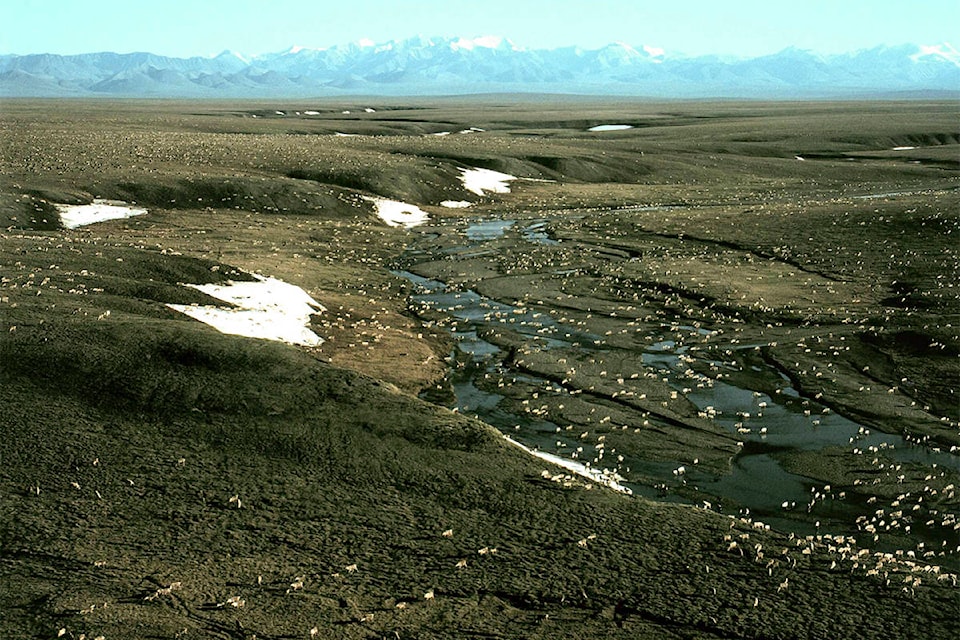Environment Yukon is pulling together information it has on the Porcupine caribou herd to give to the American government in an effort to influence decisions about drilling in the Arctic National Wildlife Refuge.
The department issued a tender this week looking for someone to do an $85,000 “quantitative assessment of potential impacts to the Porcupine caribou herd from oil and gas leasing and development” in the area of the refuge that includes the caribou’s calving ground.
The U.S. Bureau of Land Management is in the process of coming up with a draft environmental impact assessment which will lay out where and how the area can be drilled.
Changes to the American Tax Act in 2017 say the Americans must offer one oil and gas land lease sale in four years. Officials have said the first sale could happen as early as next year.
“We’re a major partner in managing that (caribou) herd,” said north Yukon regional biologist Mike Suitor.
“We’re basically trying to make sure that we have our ducks in a row here, that we’ve done the best science that we can given the information that we have available, which is quite a bit actually.”
The Yukon report will include identifying the likelihood of significant harm to the Porcupine caribou herd and its habitat and coming up with a baseline to help long term monitoring of the herd if drilling does happen. It will also make suggestions about how to mitigate the risk if drilling does happen, including required monitoring.
Suitor said the report will mostly use data the territory already has.
“We do have a lot of … information that we’ve collected over the years that hasn’t been synthesized to necessarily address some of those questions.”
While there won’t be any new field work this time, Suitor said the report might identify new information that needs to be collected from the field over the next few years “to help us prepare for any development should (it) occur.”
The report will be given to BLM as part of their assessment process “and it’s up to them to choose whether they use it or don’t use it,” he said.
“We can’t force it on them. However they’ve so far been open to the idea of using any information we have and have requested a lot of different data sets that we do hold for the herd.”
Suitor said the report will be a scientific summary, not necessarily the position of the government. “It will be one piece that feeds into a government policy.”
The Yukon government has come out against drilling in the calving grounds that are sacred to the Gwich’in people. First Nations including the Vuntut Gwitchin have also vocally opposed the idea.
There’s no word on when the plan for drilling will be released. The Yukon tender is slated to close July 24. The report is expected to be completed by Oct. 31 though the tender says it could require more work if the American plan isn’t public by then.
Contact Ashley Joannou at ashleyj@yukon-news.com
